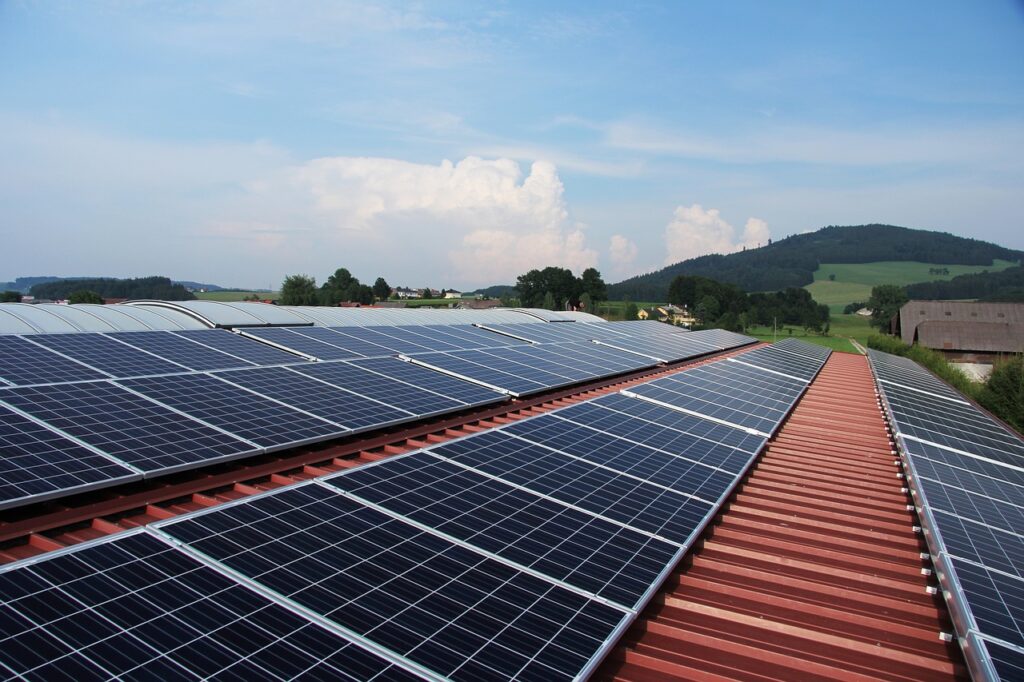New York State Achieves 2GW Community Solar Capacity Milestone
New York State, a leader in the United States’ renewable energy sector, has achieved a significant milestone by installing 2GW (gigawatts) of community solar capacity. This achievement, as reported by the New York State Energy and Research Development Authority (NYSERDA), marks a crucial step in the state’s journey towards a more sustainable and renewable energy future.
In addition to this landmark in community solar, NYSERDA has also announced that New York State has reached 5GW of distributed solar capacity, with an additional 3.3GW currently under development. This progress is indicative of the growing importance of small-scale solar installations in the state’s energy portfolio. Distributed solar, which includes solar power generated at or near the point of use, such as residential rooftops or community solar projects, is becoming an increasingly vital component of New York’s energy mix.
The state’s commitment to expanding its renewable energy capacity is evident in its ambitious goals. By 2025, New York aims to increase its installed distributed solar capacity to 6GW. Furthermore, the state has set a target to reach 10GW by the end of the decade. These targets are part of New York’s broader strategy to transition to cleaner energy sources, reduce greenhouse gas emissions, and combat climate change.
The achievement of the 2GW community solar milestone is a testament to New York’s dedication to this transition. Community solar projects allow multiple participants to benefit from a single, large-scale solar facility. This model is particularly beneficial for individuals and businesses that may not have the space or resources to install their own solar panels. By participating in community solar, residents can take advantage of solar energy’s benefits, such as reduced electricity bills and a smaller carbon footprint, without the need for personal rooftop installations.
New York’s progress in community solar is not just about meeting energy targets; it’s also about democratizing access to renewable energy. Community solar projects make solar power more accessible to a broader range of people, including those in urban areas or renters who cannot install solar panels on their property. This inclusivity is crucial in ensuring that the benefits of renewable energy are available to all, regardless of socioeconomic status or living arrangements.
The state’s push towards expanding its solar capacity is also expected to have significant economic benefits. The development of solar projects creates jobs in installation, maintenance, and manufacturing. It also stimulates local economies by keeping energy spending within the community. As New York continues to develop its solar infrastructure, these economic benefits are likely to grow, contributing to the state’s overall economic health.
In conclusion, New York State’s achievement of 2GW in community solar capacity, coupled with its ongoing efforts to expand distributed solar, reflects its commitment to a cleaner, more sustainable energy future. These efforts align with the state’s climate goals and demonstrate a model for other states and regions to follow. As New York continues to invest in and develop its renewable energy resources, it sets a precedent for innovation, sustainability, and inclusivity in the energy sector.






